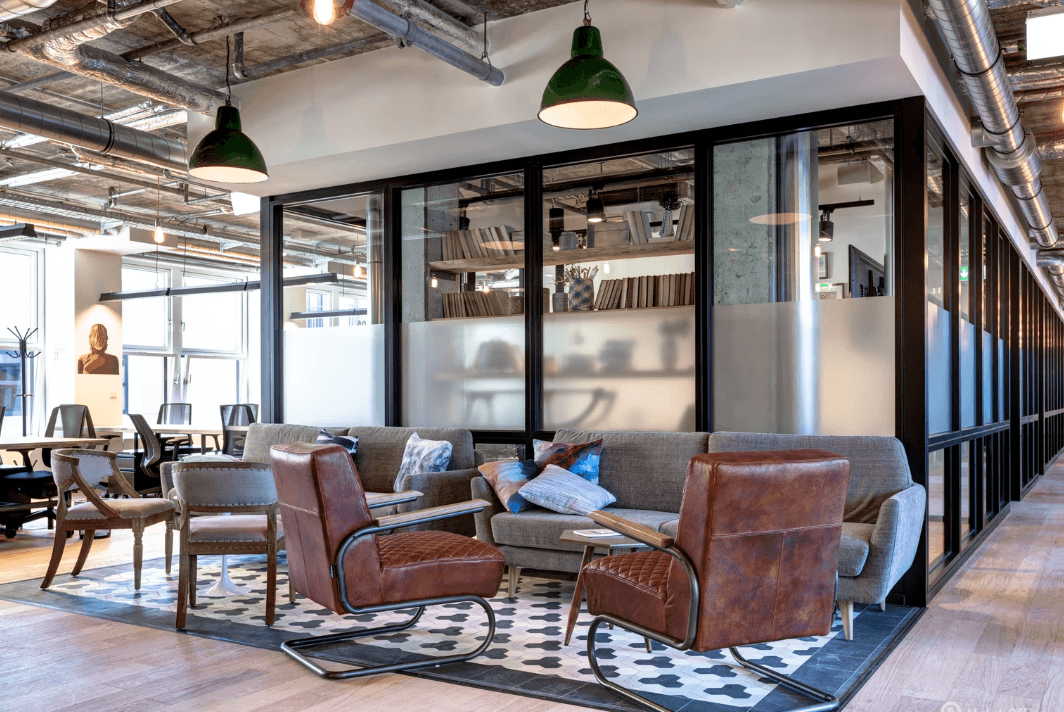Tsim Sha Tsui, situated along the iconic Victoria Harbour, is a magnet for businesses seeking prestige and visibility. Here, the “View Tax”—a premium of up to HK$200 per square foot for harbor-facing offices—defines the commercial real estate landscape. For companies operating in Hong Kong, the challenge isn’t avoiding this cost but leveraging it strategically to maximize returns.
Why Harbor Views Are More Than Aesthetic
Victoria Harbour’s appeal goes beyond its stunning vistas. Offices overlooking the harbor act as powerful branding tools, particularly for industries like finance, luxury retail, and professional services. These spaces signal credibility and success to clients and partners. According to a 2024 survey by the Hong Kong Trade Development Council, 82% of high-net-worth individuals associate harbor-front offices with institutional prestige.
Beyond branding, there are measurable benefits for employees. Research from the University of Hong Kong highlights that workers in harbor-view offices experience 19% faster task completion rates and 23% lower stress hormone levels compared to those in windowless environments. These factors contribute to improved productivity and reduced turnover, making the premium worthwhile for companies focused on talent retention.
Breaking Down Tsim Sha Tsui’s Rental Landscape
The “View Tax” varies across locations within Tsim Sha Tsui, creating distinct tiers of pricing:
| Location | View Quality | Rent (HK$/sq ft) | Tenant Profile |
| Salisbury Road West | Uninterrupted | 210 | Multinational HQs |
| Mody Road | Partial (East-facing) | 185 | International Law Firms |
| Chatham Road South | Angled | 170 | Fintech Startups |
| Kimberley Lane | Urban Views Only | 155 | SMEs in Professional Services |
This pricing matrix reveals strategic patterns: luxury brands often maintain flagship offices on Salisbury Road for client-facing operations while relocating back-office functions to more affordable districts like Wong Chuk Hang, saving up to 35% on costs. Meanwhile, mid-sized firms increasingly adopt hybrid models by combining virtual office registrations with flexible meeting spaces.
Navigating Regulatory Challenges
Recent changes in Hong Kong’s regulatory framework have added complexity to office relocations. The Companies Registry now requires businesses to file address change notifications within 15 days (Form NR1) and update Inland Revenue Department records within 30 days (Form IRC3111A). Failure to comply can result in fines exceeding HK$10,000 and operational delays.
A case study from 2024 illustrates these risks: a European asset management firm faced a three-week freeze after missing compliance deadlines during their relocation to Tsim Sha Tsui. This highlights the importance of integrated legal and real estate planning—a service increasingly offered by consultancies specializing in Hong Kong’s commercial market.
Lessons from Adjacent Markets: Hospitality Insights
The harbor premium isn’t limited to office spaces; it also shapes pricing strategies in Hong Kong’s hospitality sector:
- Hotel Grand Pacific charges a 73% premium for sunset-facing suites compared to city-view rooms.
- Harbor-view banquet halls are booked nearly a year in advance for corporate events.
- Rooftop F&B outlets generate 48% higher margins than interior dining spaces.
These trends offer valuable insights for businesses: event-driven rentals or partnerships with hotels can provide access to harbor views without committing to long-term leases.
Case Study: Blancpain’s Strategic Expansion
Swiss watchmaker Blancpain offers a blueprint for leveraging the harbor premium effectively. In its recent expansion into Asia, Blancpain adopted a three-tiered strategy:
- Flagship Showroom: A compact 800 sq ft space on Salisbury Road (HK$210/sq ft) dedicated to high-value client experiences.
- Operations Hub: A larger facility in Wong Chuk Hang (HK$110/sq ft) for logistics and inventory management.
- Virtual Office Network: Satellite addresses across Asia supporting regional sales teams.
This approach resulted in a 35% increase in walk-in traffic at the flagship location while reducing overall occupancy costs by 28%.
Future-Proofing Office Strategies
As hybrid work reshapes corporate real estate needs, innovative models are emerging:
- Phased View Access: Co-working operators like The Executive Centre now offer hourly rentals for harbor-facing meeting pods, reducing costs by up to 60%.
- Smart Design Integration: Developments such as Victoria Dockside utilize climate-responsive glass that optimizes views while reducing energy costs by 18%.
- Blockchain Solutions: Proptech startups are tokenizing view rights through NFT contracts, enabling fractional ownership of premium vistas.
Strategic Considerations for Businesses
Determining whether the “View Tax” is worth it depends on several factors:
- Client Interaction Frequency: Firms hosting frequent high-value meetings see higher ROI from harbor-front offices.
- Talent Attraction: Millennials are willing to accept lower salaries for workplaces with scenic views.
- Brand Equity Impact: Luxury sectors gain disproportionate marketing value from prestigious addresses.
- Compliance Costs: Multi-location operations require significant time investment in regulatory updates.
Adapting to an Evolving Landscape
The “View Tax” is no longer just a fixed expense—it’s becoming a dynamic tool that businesses can strategically leverage through flexible leasing arrangements, virtual office solutions, and hybrid workspace models. As Hong Kong continues to adapt post-pandemic, companies that approach this premium with agility and foresight will transform it from a cost into an opportunity—one that aligns prestige with operational efficiency in one of the world’s most competitive markets.
